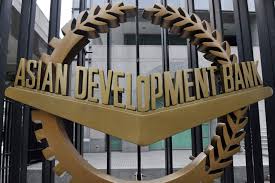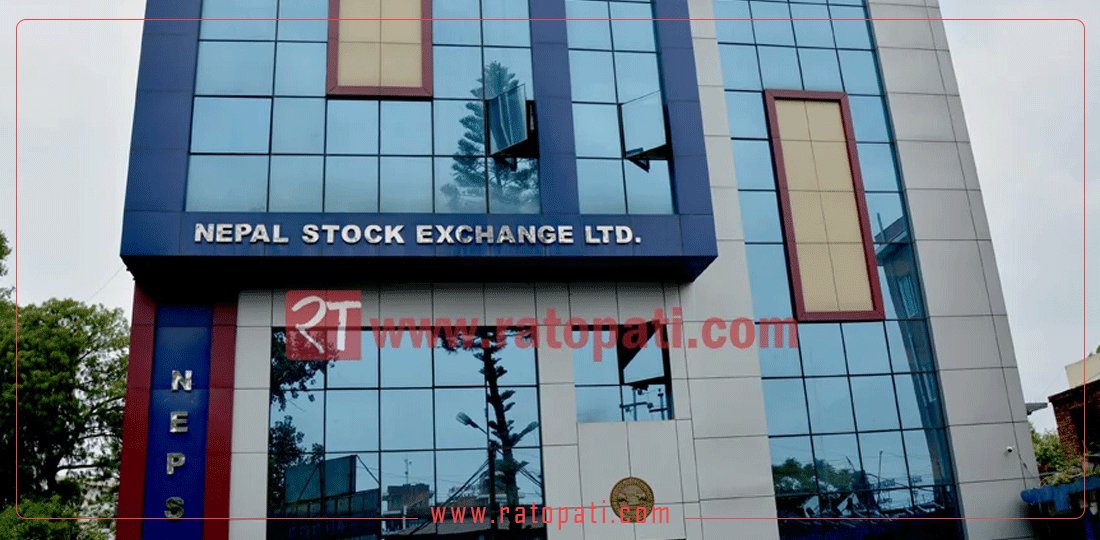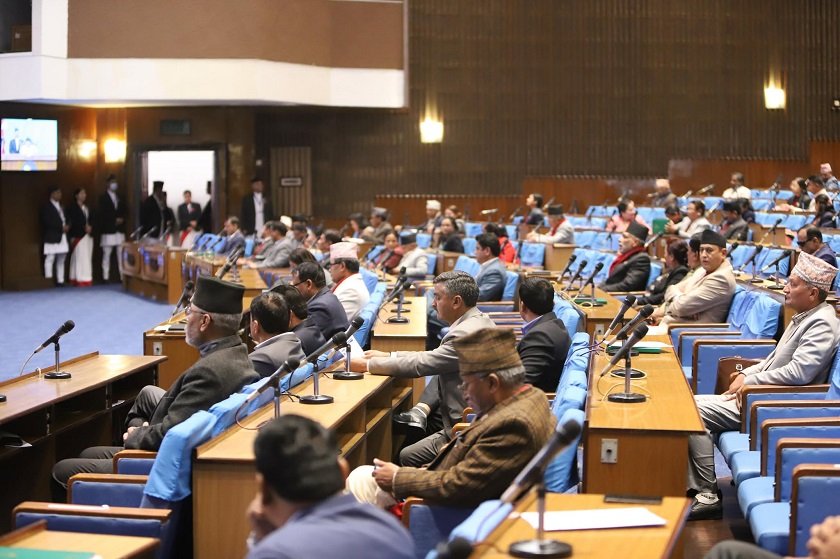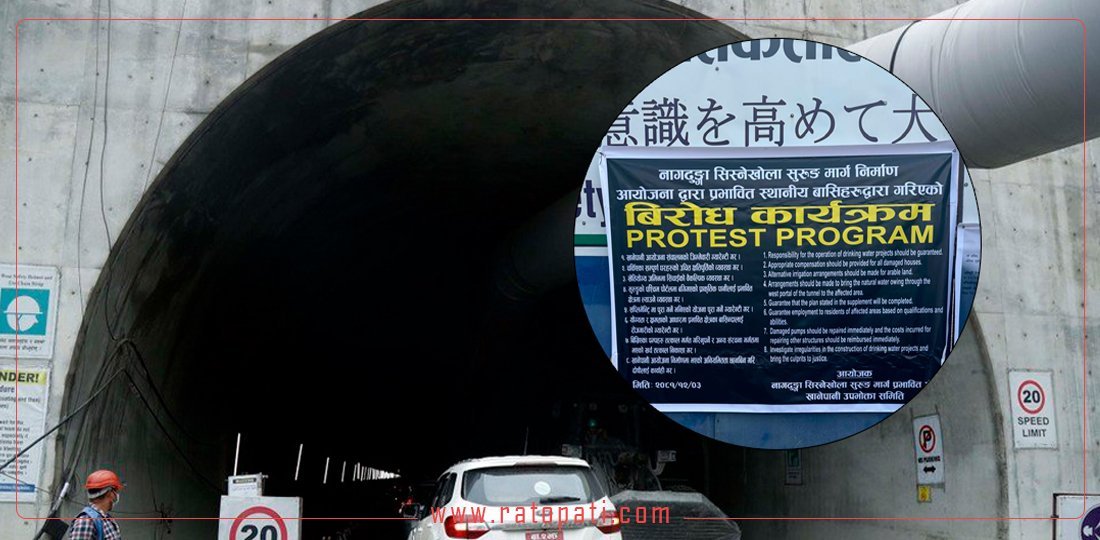ADB projects 5.5 % GDP in Nepal for coming fiscal year

Kathmandu –The Asian Development Bank (ADB) has forecasted 5.5 per cent of Gross Domestic Product (GDP) growth in Nepal in the coming fiscal year 2018/19.
The ADB made this higher forecast hinges on the assumption of normal monsoon and acceleration of ongoing mega projects. It may be noted that the Upper Tamakoshi Hydropower Project of 456 megawatt will likely be added to the national grid by coming fiscal year, ending the country's reliance on power import at least during the rainy season.
The Edition of Macroeconomic Update of Asia, the main annual publication of ADB, released here today, expected Nepal's economy to grow at a slower pace of 4.9 per cent in current fiscal year from 6.0 per cent in previous fiscal year weighed down by floods of August 2017 and the erosion of base effect.
On the occasion, ADB Country Director for Nepal, Makhtor Khamudkhanov said, "Production of summer crops like maize and millet is expected to increase in fiscal year 2017/18 as compared to the previous fiscal year while the industrial grow rate is estimated to go down."
Even with increased capacity utilization of industries, industrial growth is set to be lower in current fiscal year from the high rate in previous fiscal year, largely due to low investment in the manufacturing sub-sector for years owing to political instability and structural bottlenecks, reads Macroeconomic Update.
He said, "Substantive growth in government expenditures and moderate upticks in investment would drive growth in current fiscal year and government expenditures have increased significantly this fiscal year partly for local, provincial and parliamentary elections. Additionally, the government has appointed fiscal transfer of Rs 232.2 billion (about 8.0% of GDP) to local and provincial governments under the federal structures of governance."
Similarly, average annual inflation is expected to rise moderately to 5.5 per cent in current fiscal year 2017/18 from 4.5 per cent in previous fiscal year. This is below the inflation target of 7.0% set by Nepal Rastra Bank and external sector stability is vulnerable over the medium-term with slow remittance growth and rising trade deficit, he added.
The Macroeconomic Update also shed lights on the importance of agricultural commercialization in Nepal and the need for its effective implementation by addressing legal, institutional, financial and infrastructural barriers. Commercialized agriculture via contract and cooperative farming methods can be one of the major sources of revenue generation for the country if practiced on a wider scale. It will not only help generate local employment but also meet domestic demands with improved crop and livestock production and promote export potential of niche agro products.
---






Leave Comment